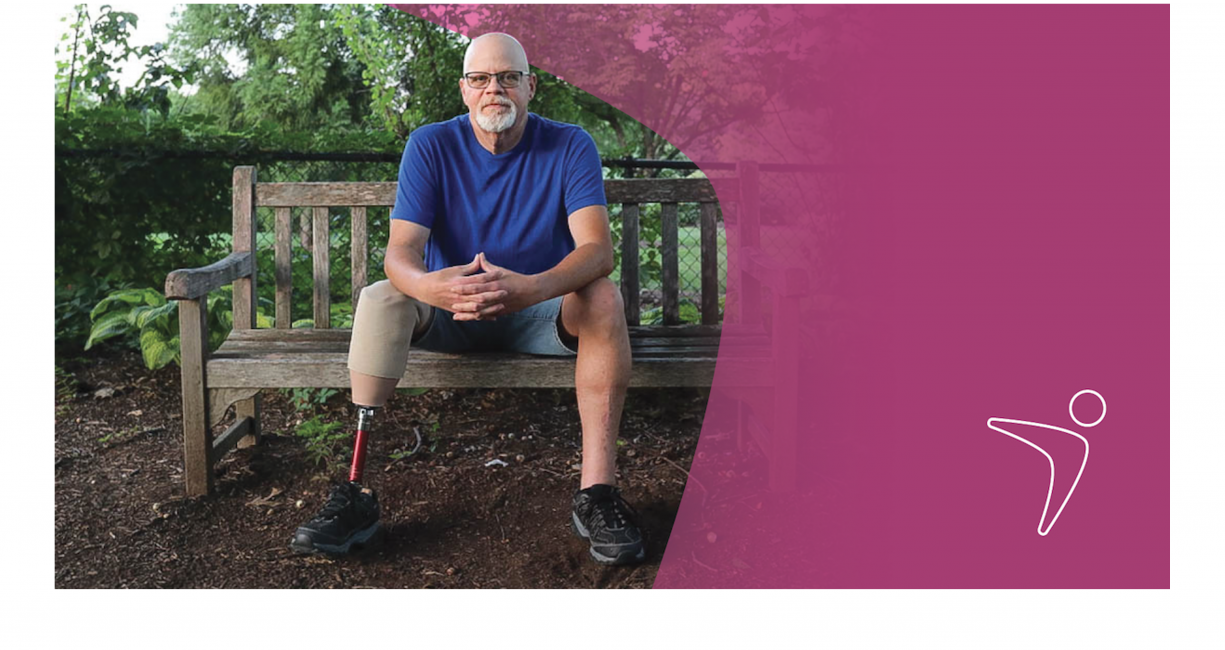
A growing amputee population
There are over two million people estimated to be living with limb loss in the United States today, and almost 185,000 people have an amputation each year.1 Causes of amputation include peripheral vascular disease, trauma, and cancer.1 Worse yet, the number of amputees is expected to double by 2050.1
Residual limb pain, phantom limb pain, and phantom sensation
Post-amputation pain and sensation experiences can differ for amputees. Some experience pain that feels as if it is coming from the remaining limb stump, near the point of amputation. It can be a sharp or burning sensation. This is called residual limb pain.
Others locate pain or an unpleasant feeling coming from the lost limb, referred to as phantom limb pain. This feeling can range from sharp or shooting pain, to a dull, squeezing or cramping sensation.
Phantom sensation describes non-painful sensations coming from the lost limb.
Chronic post-amputation pain is a common problem
Many amputees experience chronic residual limb and phantom limb pain.
- Approximately 70% of amputees will have some degree of residual limb pain.2,3
- An estimated 60% – 80% of amputees will have some degree of phantom limb pain. 2,3
- 30% to 80% of amputees suffer from chronic pain for up to 20 years that requires advanced therapeutic treatment.4
Chronic post-amputation pain contributes to other critical social issues.5
- Depression
- Post-traumatic stress disorder
- Drug dependency due to limited lasting treatment options
How is Neuros helping?
Currently, treatment options for chronic post-amputation pain consist primarily of opioids and gabapentinoids. That’s why Neuros has developed the Altius system, which uses Neuros’ Bioelectric On-Demand Nerve Block. Learn more about Neuros’ Altius system.
This device is currently investigational and not for sale in the US.
Neuros is making significant investments in clinical research. To learn more about our most recent study, QUEST, click here.